16 Home Decor Trends That Have Worn Out Their Welcome
Trends in home decor have a way of fading just like fashion. Designs that were once popular can make a room feel dated over time. If you look around your space and something feels stuck in the past, chances are it is one of these worn-out ideas. Updating your space does not always mean a full makeover, just smart changes.
This post may contain affiliate links, which helps keep this content free. Please read our disclosure for more info.
Open Floor Plans

Open floor plans became popular in the early 2000s when people wanted kitchens, living rooms, and dining areas to blend together. The idea was to create a sense of openness and connection in the home. While it seemed practical, the lack of walls often reduced privacy and made noise harder to manage. Many families also realized that cooking smells traveled too easily throughout the house. Over time, the style began to feel less cozy and harder to maintain. Today, many homeowners are returning to defined spaces that provide separation and comfort.
One of the biggest issues with open layouts is the difficulty of decorating and creating distinct areas. Furniture placement can feel forced, and storage space becomes limited. The trend once felt modern but now seems less functional for families who value quiet and privacy. Walls are making a comeback because they allow for more personal touches in each room. People enjoy the ability to decorate differently in separate spaces. This shift shows that open floor plans have worn out their welcome.
Shiplap Walls
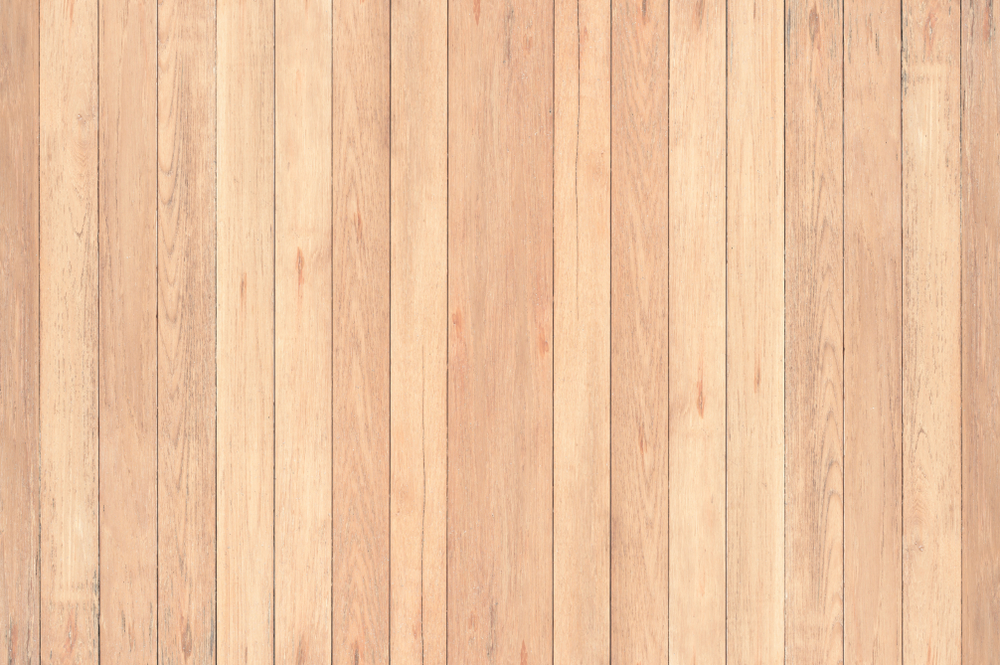
Shiplap walls became a major trend around 2015 thanks to farmhouse-style shows on television. Homeowners loved the rustic and simple appeal of wooden planks on their walls. For a few years, shiplap seemed to be everywhere in kitchens, bathrooms, and bedrooms. The issue is that what started as a farmhouse detail became overused in modern homes. It no longer feels unique or special because of its widespread use. Many are now choosing other wall treatments to avoid the dated look.
Shiplap also requires upkeep because dust can settle into the grooves. In smaller homes, too much shiplap can make spaces look cluttered instead of clean. Paint and wallpaper are returning as fresher options that give more versatility. Accent walls made with bold paint colors are now replacing shiplap. Homeowners want character but not something that feels copied from a television trend. As a result, shiplap walls are fading from popularity.
Gray Everything
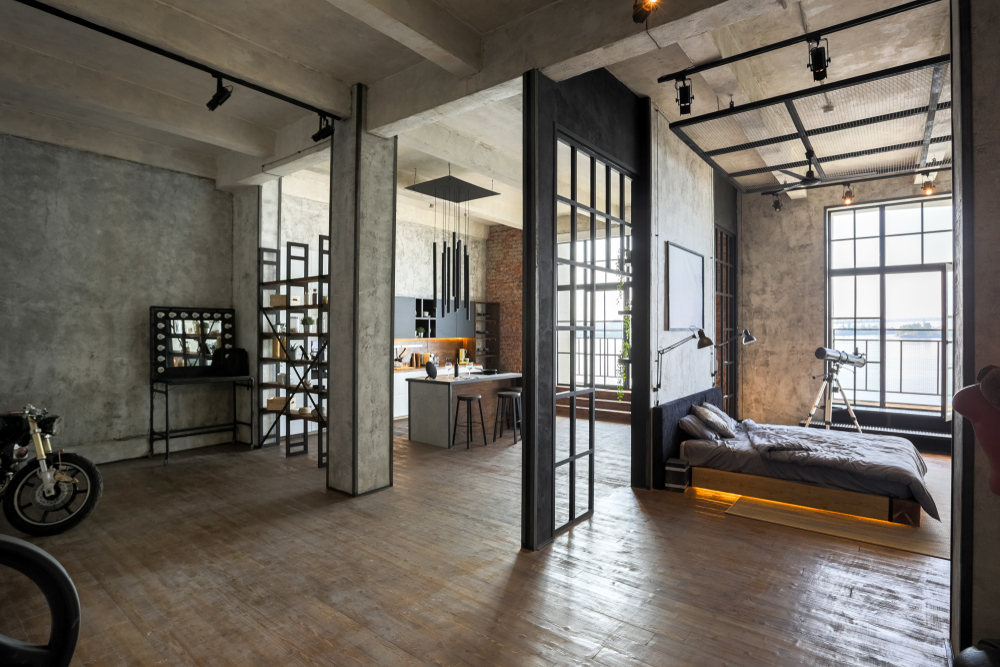
Gray tones took over home interiors around 2010 when minimalism and neutral palettes were rising. Entire rooms were painted gray, and furniture often matched the same color family. At first, gray seemed sleek and versatile for many home styles. Over time, it started to feel cold, flat, and uninspiring. Spaces began to lack warmth and personality with too much gray. Now, people are leaning toward warmer neutrals and richer tones.
The trend is shifting toward earthy colors that bring life into a home. Beige, cream, and warm whites are being chosen instead of cold grays. Furniture in wood tones is also making a strong return. Gray has not disappeared completely, but using it for everything is no longer appealing. A touch of color makes a room feel far more inviting. The dominance of gray has clearly worn out its welcome.
Word Art Signs
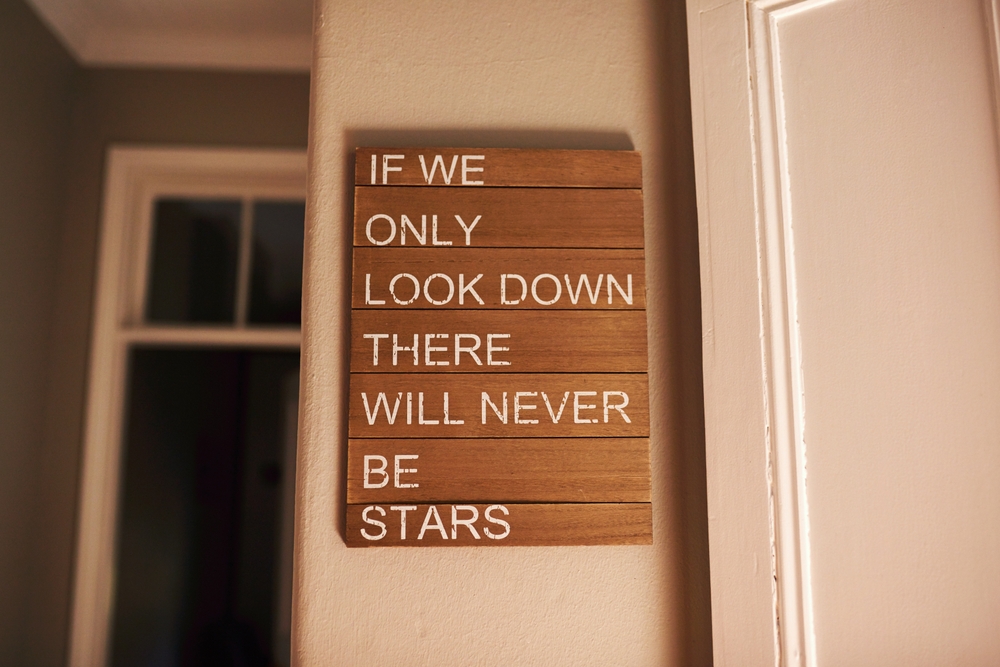
Decorative word signs became common in the 2010s, especially in kitchens and entryways. While the idea was to inspire positivity, the trend quickly became repetitive. Shoppers found these signs in nearly every big box store. The overuse made them lose charm and originality. Instead of feeling personal, they started to feel generic and outdated.
Today, people prefer art or photographs that express individuality. Word art often clashes with more modern or classic decor styles. Many now see it as a passing fad that lacks sophistication. Custom artwork or simple framed prints are being chosen instead. Homeowners want decor that reflects their own taste, not mass-produced sayings. Word art signs have certainly fallen out of favor.
Mason Jar Decor
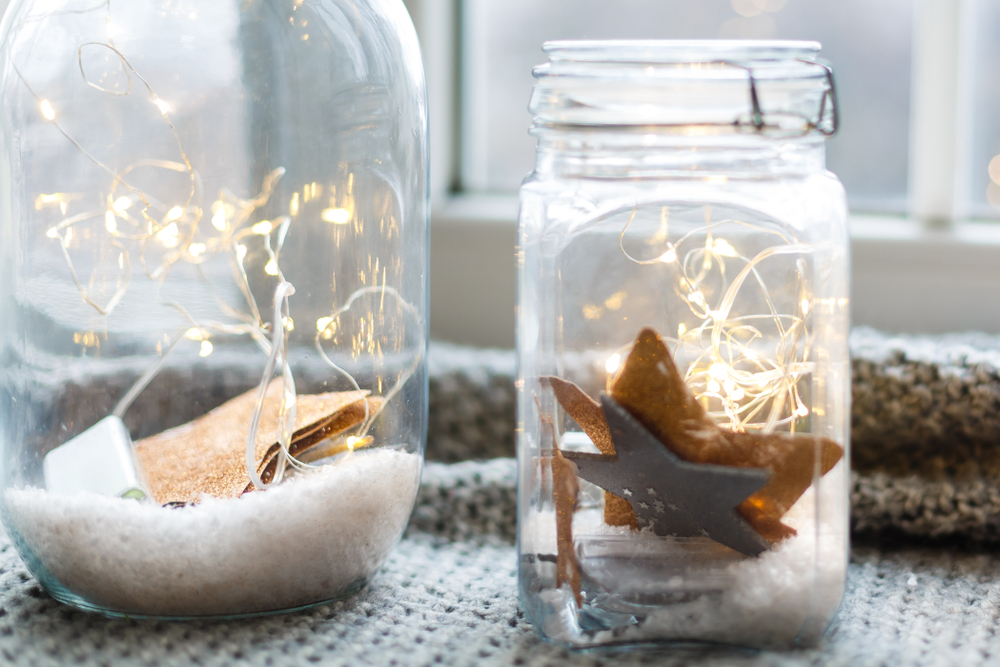
Mason jars became popular in the early 2010s during the rustic and farmhouse decor wave. They were used as vases, candle holders, and even light fixtures. The style was charming at first, offering a handmade look. However, the trend spread too widely, appearing in weddings, restaurants, and every kind of home. What once felt creative became overdone and predictable. Many now see mason jars as better left in the kitchen.
One of the problems with mason jar decor is that it often looks temporary rather than permanent. They do not provide the elegance or durability that many homeowners want today. Glass jars with flowers can feel more like a party decoration than a home feature. Alternatives such as ceramic vases or sculptural glassware now provide more stylish options. While mason jars are useful, their role as decor has lost appeal. The trend is no longer fresh and has worn out its welcome.
All-White Kitchens
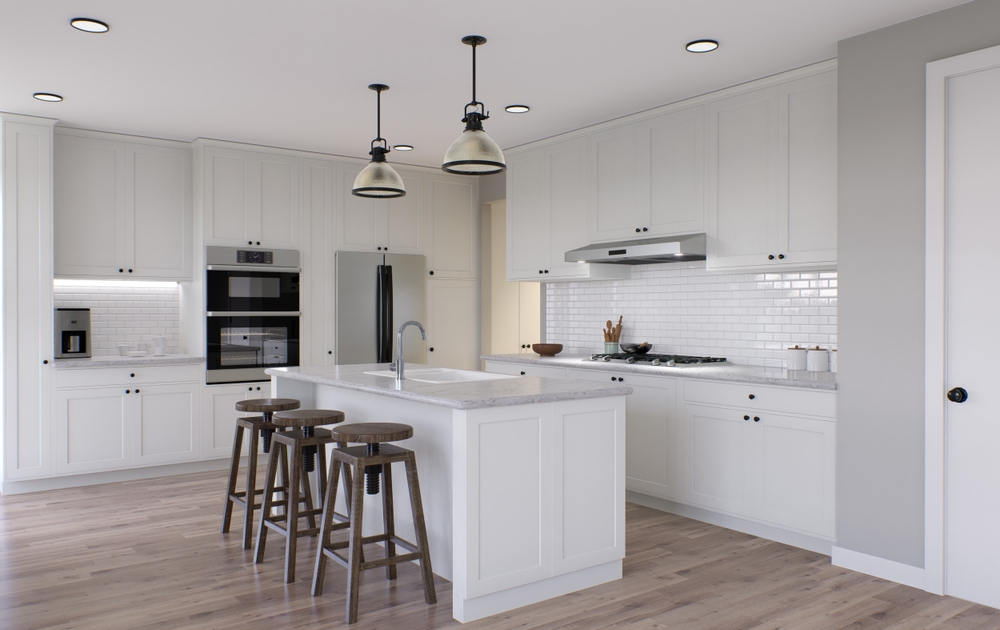
All-white kitchens gained attention in the 2010s because they looked clean and modern. White cabinets, counters, and backsplashes dominated design magazines. The bright look was appealing for a while, but the upkeep proved difficult. White surfaces showed dirt, stains, and wear far too easily. The lack of contrast made many kitchens feel flat and lifeless. People soon realized the style was more work than it was worth.
Now, color is making its way back into kitchens. Warm wood cabinets, darker countertops, and colorful backsplashes are trending. Homeowners want spaces that feel inviting instead of sterile. A mix of textures and finishes makes a kitchen more practical and stylish. White can still play a role, but all-white everything feels outdated. The shift shows that this once-popular trend has worn out its welcome.
Barn Doors
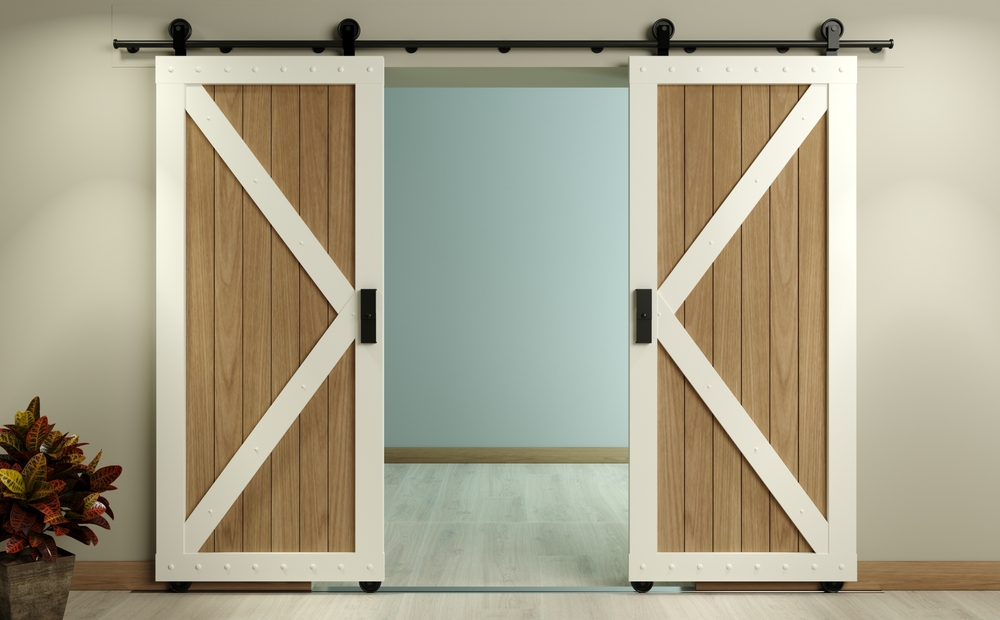
Barn doors began trending in the mid-2010s during the farmhouse craze. They were meant to add charm while saving space compared to swinging doors. At first, they seemed like a clever design detail, especially in small homes. The problem is that barn doors often lack proper soundproofing and privacy. They also do not fit well with many design styles outside rustic or country homes. Over time, they became more of a cliché than a unique feature.
Sliding barn doors also tend to be bulky and expensive. They are difficult to pair with modern or traditional decor. Homeowners are moving toward sleeker pocket doors or standard doors that blend better with different styles. What was once eye-catching now feels out of place in most homes. Barn doors may still work in some farmhouses, but for the majority of homes, the trend is outdated. Their widespread use has worn out their welcome.
Chevron Patterns
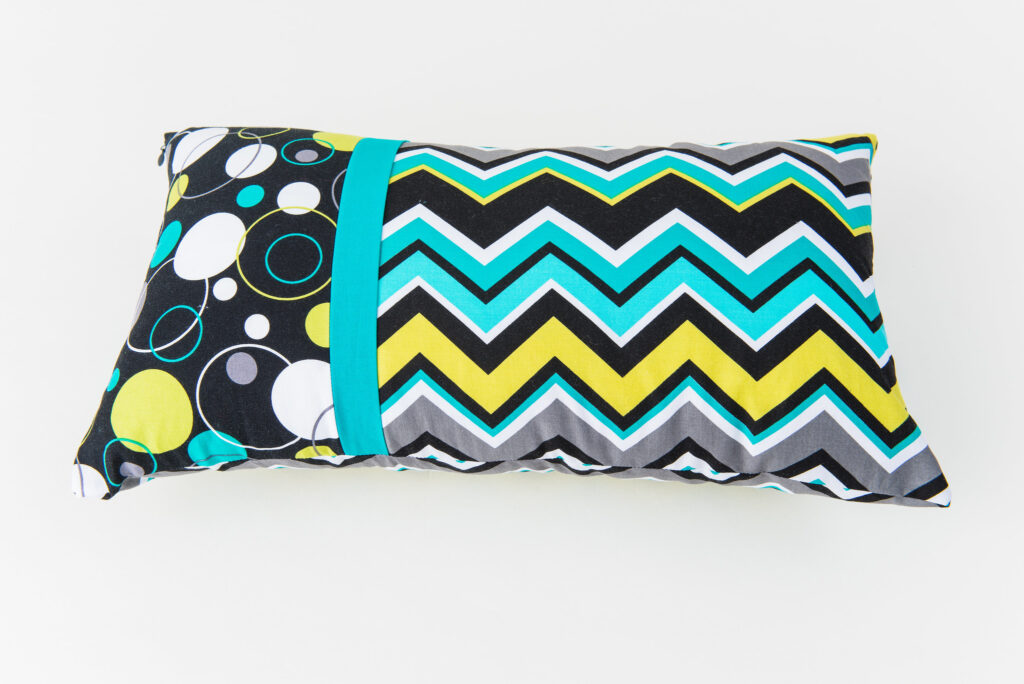
Chevron patterns gained huge popularity in the early 2010s, especially in rugs, pillows, and curtains. The zigzag design was playful and bold at first. However, it quickly became overused in every type of product. Too much chevron made homes look repetitive and overly busy. The pattern that once felt stylish turned into something tired. Now, many people avoid it in home decor.
The problem with chevron is that it does not age well. It can make a room feel stuck in the past, tied to a very specific era. More timeless patterns like stripes or plaids are being chosen instead. Subtle textures are also replacing bold zigzags. Chevron still appears in some spaces, but it rarely makes a stylish statement anymore. Its time has passed, and it has worn out its welcome.
Accent Walls
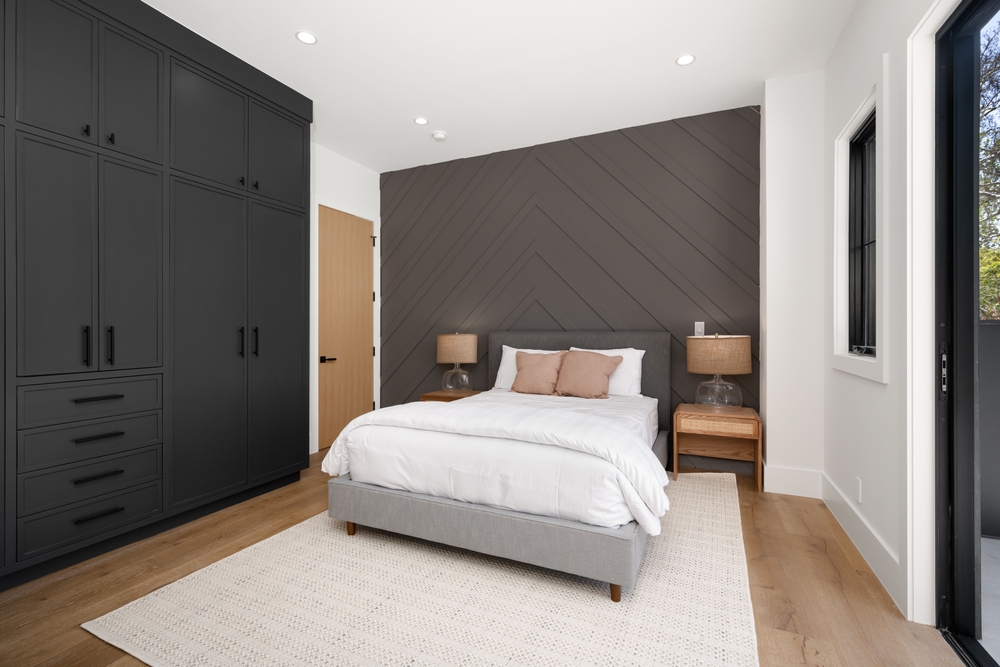
Accent walls became trendy in the 2000s as a way to add interest to plain rooms. The concept was to paint one wall in a bold color or cover it with wallpaper. At first, it was an affordable way to experiment with design. However, overuse made it feel more like a decorating shortcut than a true design choice. Many accent walls clashed with the rest of the room. What once felt exciting now feels outdated.
People today are choosing more balanced approaches. Instead of one bold wall, entire rooms are painted in cohesive tones. Wallpaper is being used more thoughtfully across all walls, not just one. Textured finishes and natural materials create depth without relying on a single wall. Accent walls are still used in some spaces, but they rarely make the same impact they once did. The trend is slowly fading away.
Mirrored Furniture
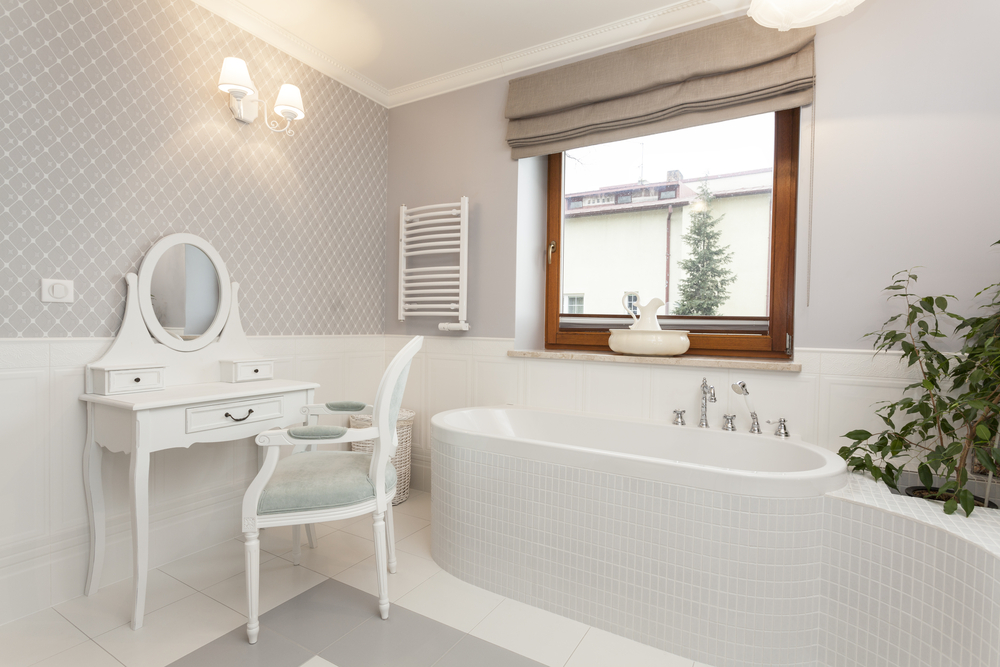
Mirrored furniture became a popular trend in the late 2000s and early 2010s. Dressers, nightstands, and consoles with reflective surfaces were seen as glamorous. While shiny at first, the look became impractical quickly. Fingerprints, scratches, and smudges made upkeep frustrating. Many pieces also felt fragile and out of place in everyday homes. The glamorous style soon started to feel dated.
More durable and timeless materials like wood and metal are taking the spotlight again. Homeowners want furniture that lasts and feels solid. Mirrored pieces are being replaced by natural finishes that bring warmth. While they can still work as accent pieces, full sets of mirrored furniture are rare today. The look has shifted from stylish to outdated. Mirrored furniture has worn out its welcome.
Heavy Drapes
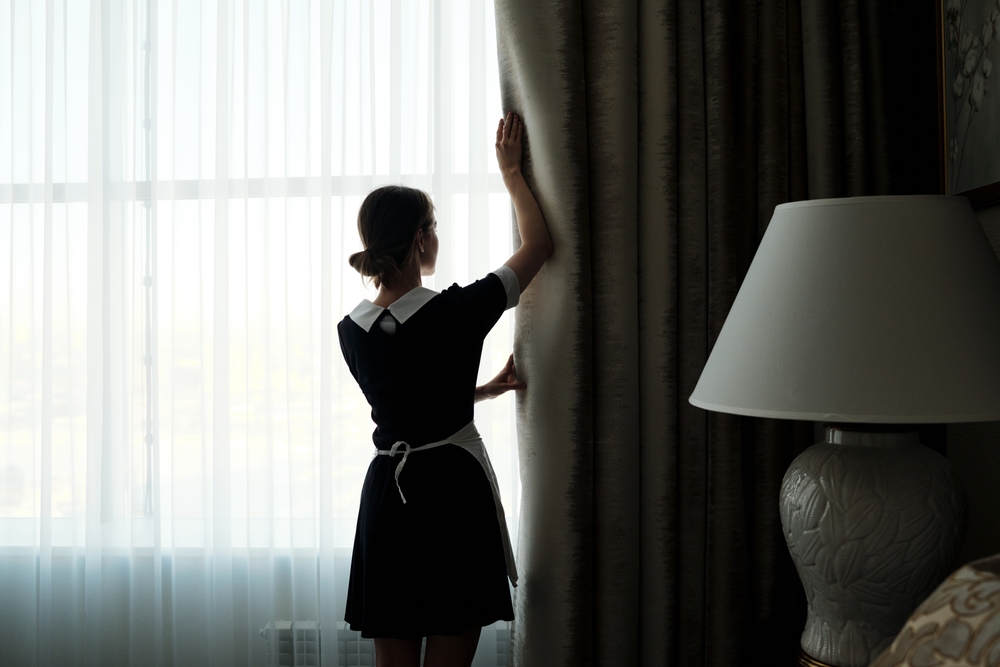
Heavy drapes were once a staple in traditional home design, especially in the 1980s and 1990s. They offered privacy and blocked out sunlight. However, they also made rooms feel darker and smaller. Dust and allergens easily collected in the fabric. As styles changed, heavy curtains began to feel overly formal and outdated. Many homeowners now prefer lighter window treatments.
Sheer curtains, blinds, and natural shades are taking their place. These options bring in light and make spaces feel airy. They also fit better with both modern and casual homes. Heavy drapes can still work in certain formal rooms, but they are no longer the standard. People prefer designs that balance privacy with brightness. Heavy drapes have worn out their welcome in everyday homes.
Subway Tile Overuse
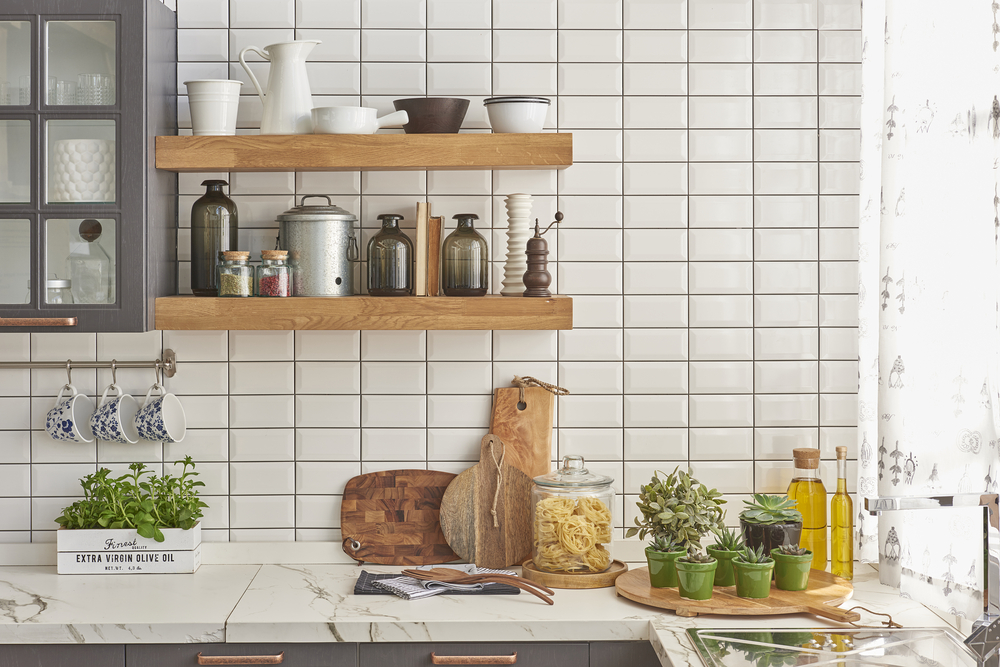
Subway tiles became a favorite choice for kitchens and bathrooms around 2010. Their clean, simple look made them a safe option for many homeowners. For a while, they seemed perfect for almost every space. The problem is that subway tiles were installed everywhere, making them lose uniqueness. Now, many people see them as repetitive and lacking imagination. Other tile options are taking their place.
Homeowners are turning to textured tiles, bold colors, and unique shapes. Hexagon, fish scale, and herringbone patterns are gaining popularity. Subway tiles are not gone completely but using them everywhere feels uninspired. Kitchens and bathrooms are seeing more creative tile applications. This shows a clear shift away from the old standard. Subway tiles in excess have worn out their welcome.
Popcorn Ceilings
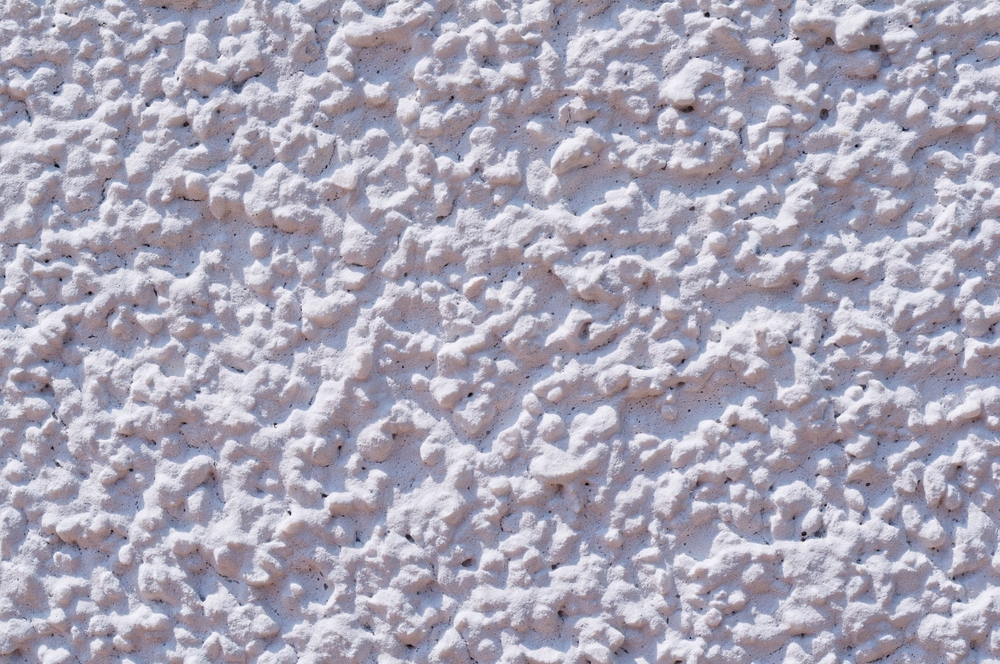
Popcorn ceilings were introduced in the 1950s and became widespread by the 1970s. They were used to hide imperfections and reduce noise. At the time, they seemed practical and affordable. However, over the years, popcorn ceilings began to look outdated. They are also hard to clean and sometimes contain asbestos in older homes. Many homeowners now choose to remove them.
Smooth ceilings and modern textures are replacing the popcorn look. Flat finishes feel more current and easier to maintain. The removal process is messy but often worth the effort. Updated ceilings instantly make a home look refreshed. Popcorn ceilings are now widely considered unattractive. The trend has long worn out its welcome.
Wall-to-Wall Carpeting
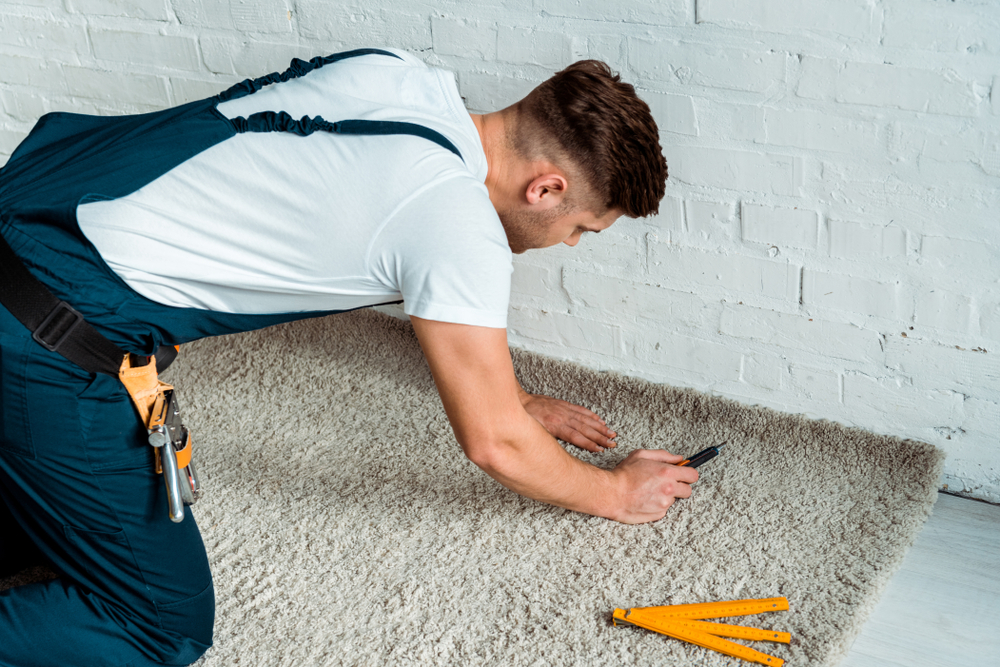
Wall-to-wall carpeting was especially popular in the 1970s and 1980s. It offered comfort and warmth underfoot and came in many colors. For years, it was considered a practical choice for bedrooms and living rooms. Over time, carpets showed wear, stains, and trapped allergens. Hard flooring options like wood and tile became preferred for easier maintenance. Today, full carpeting feels dated compared to these choices.
Area rugs are now the better option for adding comfort. They allow flexibility and can be replaced more easily. Hardwood floors paired with rugs bring both warmth and style. Carpeting is harder to keep clean and less durable in the long run. Modern buyers often remove it during renovations. The age of wall-to-wall carpeting has clearly passed.
Tiled Countertops
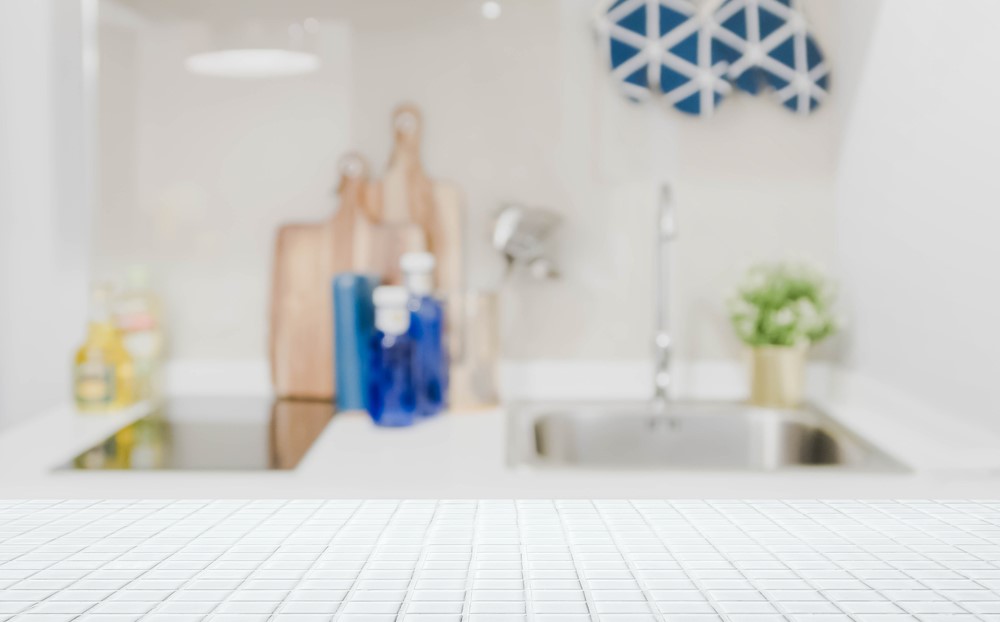
Tiled countertops were popular in kitchens during the 1980s and 1990s. They were affordable and provided a variety of colors and patterns. At first, they seemed practical, but the grout lines quickly became a problem. Grout was hard to keep clean and often stained easily. Over time, tile counters lost appeal compared to seamless options like granite. They now feel like a dated choice.
Quartz and solid surface materials are much more common today. They are easier to maintain and create a smoother finish. Tiled counters can still appear in retro-style kitchens, but they are no longer practical. Homeowners prefer durable surfaces that last longer and require less upkeep. This has made tiled countertops an outdated choice. Their time in the spotlight has passed.
It is easy for trends to stick around longer than they should, leaving your home feeling less current. Updating your space with new colors, textures, and layouts can instantly create a fresh atmosphere. Moving past outdated styles allows your home to reflect your personality instead of a passing fad. Simple adjustments can go a long way in making your rooms more welcoming.
This article originally appeared on Avocadu.
